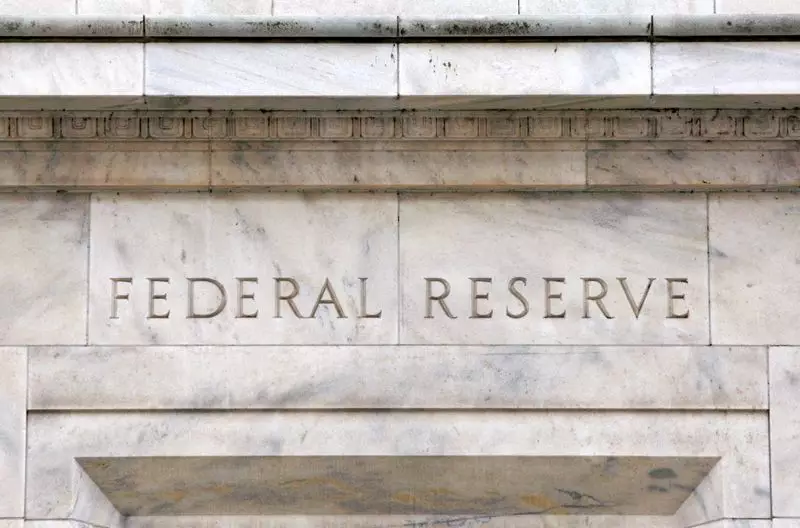As the year draws to a close, a palpable sense of anticipation surrounds the U.S. Federal Reserve and its monetary policy decisions. Major financial institutions, including Morgan Stanley and Goldman Sachs, have consistently communicated their expectation of a potential quarter-point interest rate cut in December. This forecast is particularly relevant in light of the critical economic data set to be announced shortly, including the Consumer Price Index (CPI) figures that will provide insight into inflation trends. These anticipated adjustments in interest rates are essential, as they directly influence borrowing costs, consumer spending, and overall economic growth.
The attention of economists and market analysts is presently fixed on the upcoming CPI data, scheduled for release later today. Predictions indicate a modest increase in headline inflation, projected to rise by 0.3% in November. Should this forecast hold true, the annual inflation rate would tick up slightly from 2.6% in October to 2.7%. This uptick, while marginal, signifies an ongoing normalization of inflation levels that had previously been under significant scrutiny. The CPI data serves as a critical barometer for the Fed, representing the last substantial economic indication before its next monetary policy meeting slated for December 17-18.
If the Federal Reserve follows through with the anticipated rate cut, it will mark an essential pivot in its monetary policy stance, particularly after a period marked by gradual increases aimed at curbing inflation. A reduction in interest rates could stimulate consumer borrowing and spending, potentially offsetting concerns around economic slowdown. However, the timing and extent of such cuts must be approached with caution, as excessive easing could reignite inflationary pressures that the Fed has worked diligently to manage.
Moreover, the interconnectedness of global markets means that U.S. monetary policy decisions have far-reaching effects. Rate cuts may lead to a weaker dollar, impacting international trade dynamics and capital flows. Investors, while expressing optimism regarding potential rate cuts, should remain vigilant to the nuances of the Fed’s language and the broader economic context that informs its decisions.
A Critical Eye on Economic Indicators
As the release of CPI data approaches, it is essential to remember that inflation metrics do not exist in a vacuum. Other economic indicators, such as unemployment rates, wage growth, and consumer confidence, collectively inform the Fed’s understanding of economic health. Each of these factors influences the central bank’s decisions, often leading to nuanced reactions in the financial markets. Investors should prepare for volatility as the markets react to the incoming data and the Fed’s impending decisions.
The anticipation surrounding a potential interest rate cut by the Federal Reserve underscores the complexities of managing the economy in a shifting global landscape. With critical inflation data on the horizon, stakeholders must carefully consider the implications and remain adaptable to the evolving economic narrative.

